What is the tolerance range of precision screws?
What is the tolerance range of precision screws?
Service Hotline
+86760-8787 8587We have more than ten years of production experience in the screw industry, the main products are: dowel pins, positioning pins, carbon steel Q235 galvanized nuts, long threaded screws, metric lock nuts, 304 national standard tension bolts, accessories set Daquan extension bolts, ingots Nuts, double-headed machine screws of equal length, large semi-circular head square neck screws, brass stepped bolts, pulling blind rivets, white flat washers, electronic equipment pressure riveting parts, high-strength hexagonal thin nuts, outer diameter 8mm, etc. Due to the different materials and specifications of the products, the prices are also different, if necessary, please contact us.


The common types of wood screws are iron and copper, and the types are divided into round head type and other samples of wood screws according to different nail heads. There are two types of slotted screws and cross recessed screws. Generally, the round head screws are made of mild steel and are blue, and the flat head screws are polished. The oval head screws are usually plated with cadmium and chrome, and are often used to install hinges, hooks and other hardware accessories. Specifications are determined by rod diameter, length and nail head type. [1]
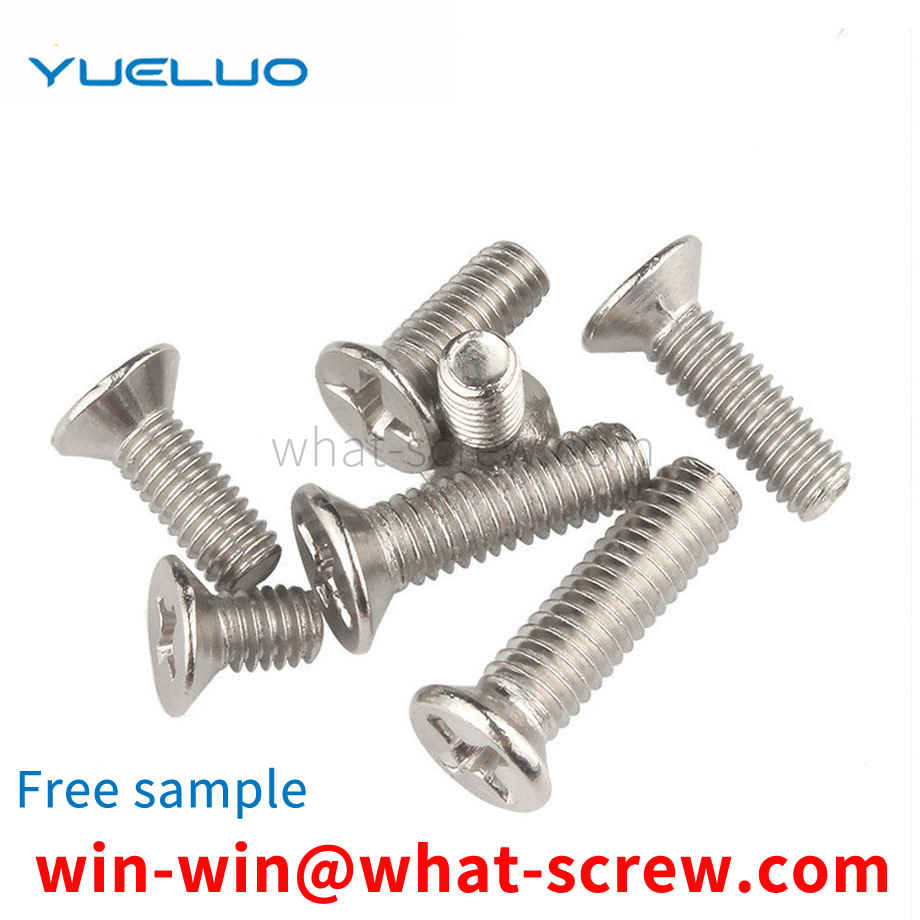
Anti-corrosion technology Stainless steel screws are made of metal, and there are four main methods for metal anti-corrosion, namely the properties of the material itself, the environment of use, the interface between materials and the environment, and the improvement of the metal structure design. If a complete anti-corrosion alloy is used to make stainless steel Screws, unless there is a special need, are not cost-effective in terms of economics, and it is also impractical to completely isolate the appearance of the screw from environmental elements that can cause corrosion. Improving the metal structure design can improve the influence of special circumstances under certain conditions, but the design of most stainless steel screws cannot be fully corrected, and its maintenance effect is not permanent, so this method cannot basically solve the problem, as long as it is on the surface. Top anti-corrosion, that is, surface anti-corrosion treatment is the most widely used method. The anti-corrosion treatment on the surface of stainless steel screws refers to the use of various methods to apply a protective layer on the metal surface. The purpose of avoiding or mitigating corrosion. The protection layer should be able to meet the following requirements: 1. Corrosion resistance, wear resistance, high hardness, 2. The structure is tight, intact, and the pores are small. 3. It has strong separation and good adhesion with the base metal. 4. It is evenly distributed and has a certain thickness. The maintenance layer is usually divided into two types: metal coating and non-metallic coating. Metal coating refers to the use of metal or alloy with strong corrosion resistance to form a maintenance layer on the surface of metal that is easy to corrode. This coating is also called plating. There are quite a few methods and varieties to produce metal coatings, the most common of which is electroplating, followed by molten metal immersion plating (hot dipping) and chemical surface treatment. Non-metallic coating refers to the use of organic polymer materials such as paint and inorganic materials such as ceramics to form a protective layer on the surface of metal equipment or parts. The protective layer can completely isolate the base metal from the environmental medium and prevent the base metal from corrosion due to contact. Corrosion is formed in the medium of stainless steel standard parts.
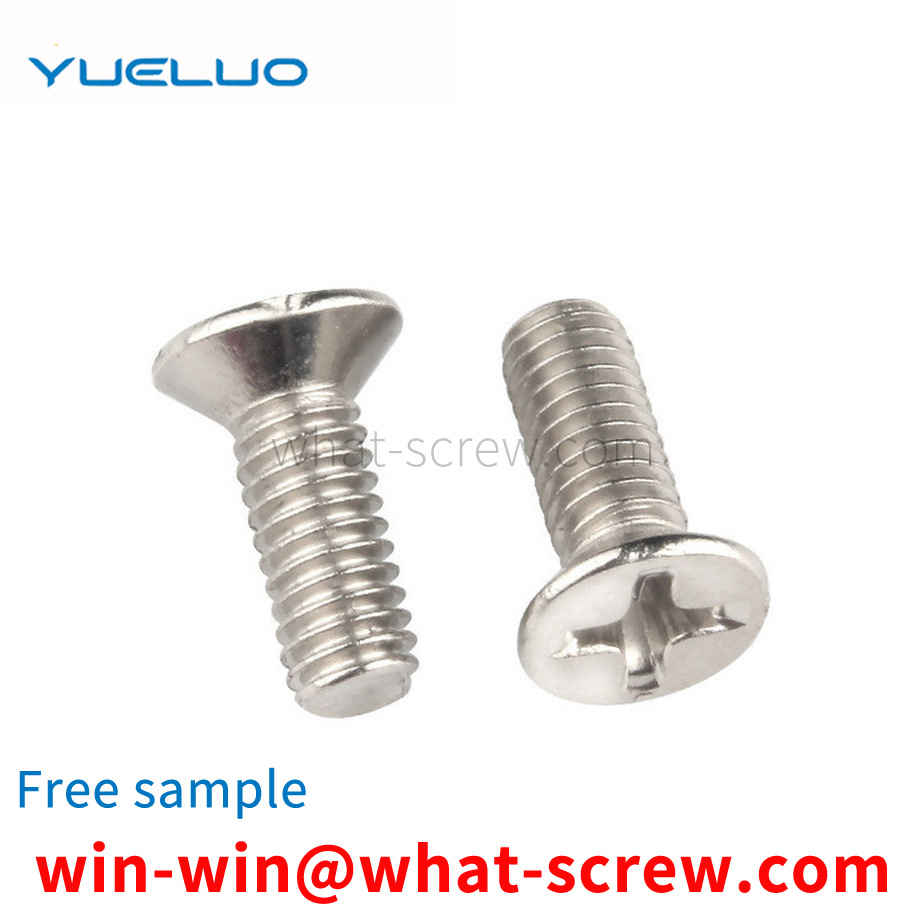
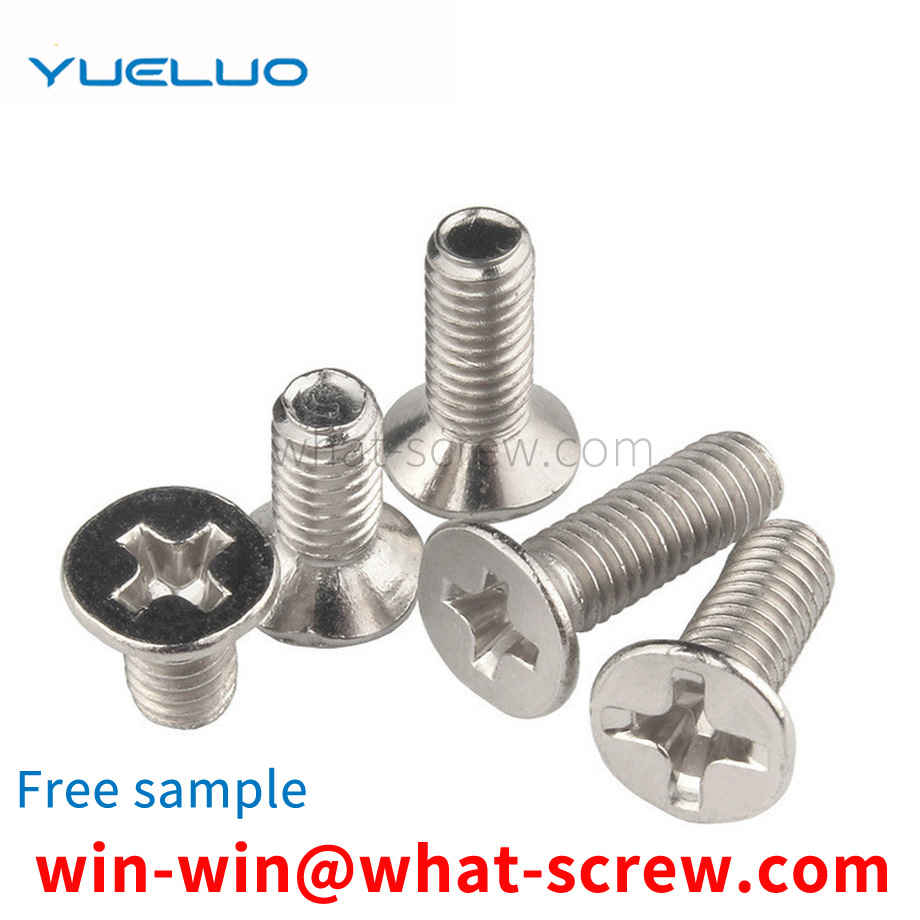
In the modern industrial field, products such as nuts and bolts are widely used to lock structural parts, but at the same time we also find that in many cases, especially when applied to vibration, we often need to lock the already locked Structural parts are regularly repaired and strengthened to prevent structural dislocation caused by loose nuts and bolts.
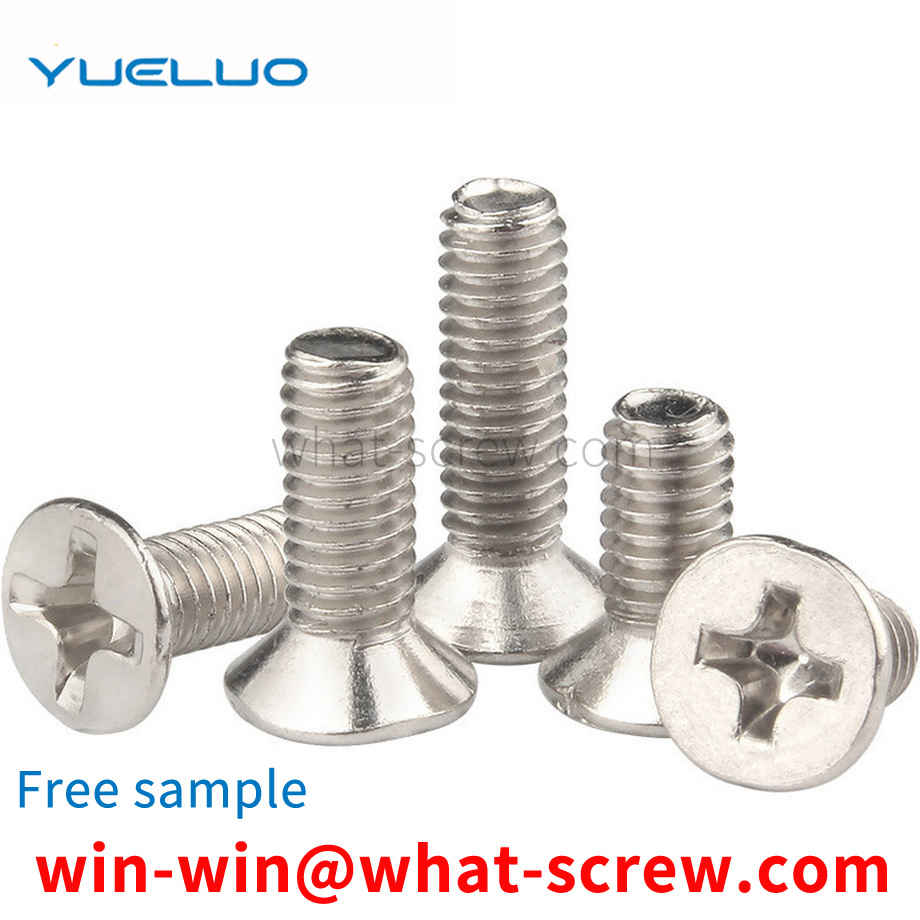
The existing automobile fastener nut is a common nut. After the nut is matched with the bolt, during the tightening or disassembly process, there will be a phenomenon of sliding wire, and the safety factor is relatively low; It is difficult to guarantee, easy to rust, requires frequent inspection and replacement, and increases the cost of using the car, which can no longer meet the needs of the market.
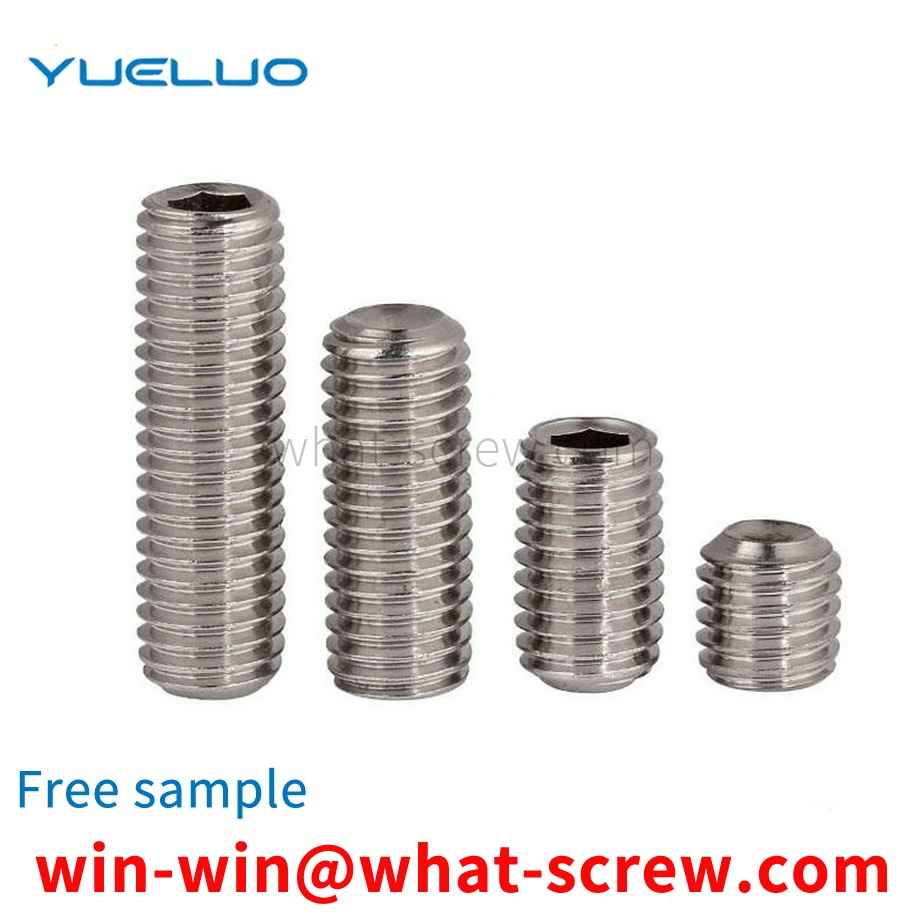
The above content is uploaded by Yueluo or the Internet. If there is any copyright issue, please contact [email protected].

What is the tolerance range of precision screws?

How to choose the right stainless steel screw manufacturer?

Why is there an R angle under the head of the hexagon head s...

We have more than ten years of production experience in the ...

We have more than ten years of production experience in the ...

We have more than ten years of experience in screw industry ...

We have more than ten years of experience in screw industry ...